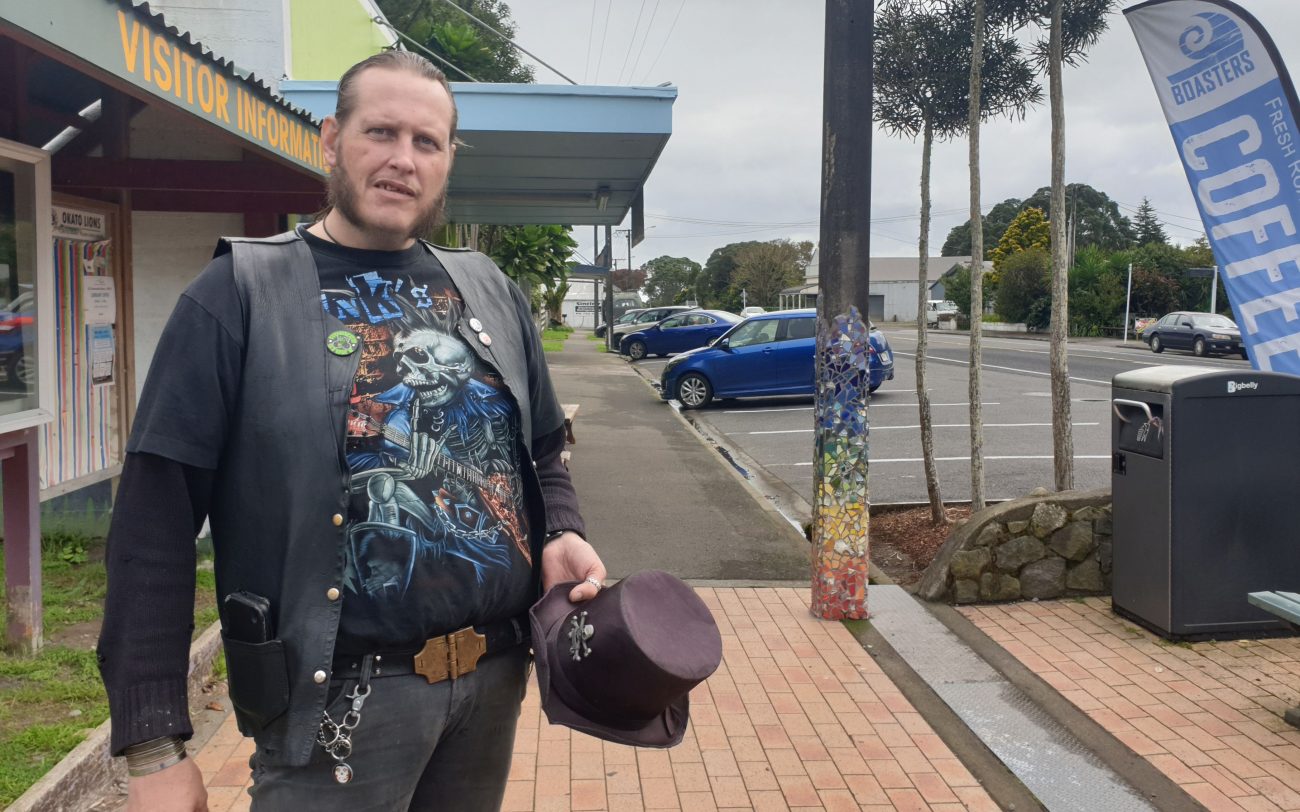Taranaki aquifer contaminated 50 times more than acceptable

An aquifer in coastal Taranaki cannot be used to boost water supplies at Okato because it has been contaminated with an agricultural chemical and is considered a risk to human health.
Testing of a bore at Oxford Rd has found levels of the fungicide difenoconazole at 50 times that permitted in the European Union.
As part of its draft long-term plan, the New Plymouth Council is looking to shore up water supplies and wants to sink bores and establish micro treatment plants near towns and villages in the district.
But rural Taranaki town Ōkato – the part of the district that normally goes dry first – is conspicuously missing from that list.
Documents seen by RNZ show the aquifer, accessed via a 50-metre deep bore at Oxford Road, contained difenoconazole at 51 parts per billion.
The New Zealand Drinking Water Standard is silent on the fungicide, which is used to help seeds germinate. Europe tolerates a measure of only 1 part per billion.
The Taranaki Regional Council and health authorities were notified and ESR groundwater expert Murray Close was called in to investigate.
Close said he was unaware of any other New Zealand examples of groundwater being contaminated with the chemical.
“It’s not the sort of compound that I would expect to naturally leach through the soil and also given the fact that it’s a fungicide that’s normally used in apples and pears I wouldn’t have thought it was normal land-surface recharge in that particular area.
“It was more likely to be some kind of sub-surface … sub-surface dump.”
The district council put the bore down in August 2015 and two further tests later that month found difenoconazole at 21 and 26 parts per billion respectively.
Close said those levels were also very high.
“They’re consistent with a local concentration, a local high-level concentration as opposed to normal land use.
“Previously, I’ve seen concentrations as high or higher, but only around facilities or factories that store such pesticides.”
The regional council undertook an aerial search and questioned landowners in an effort to find the source of the contamination, but drew a blank and eventually abandoned its investigation.
The district council gave up on the aquifer in 2016.
Close said that was the right decision as the fungicide would take decades to break down in water.
He said even if a provisional maximum average value of 30 parts per billion was deemed acceptable to human health – as a Beca report prepared for the district council concluded – “you would not want to take water from the aquifer at a level of any more than 15 parts per billion”.
Toxicologist, Belinda Cridge, a technical lead for drinking water at ESR, said the aquifer was dangerous to human health.
“It’s definitely over the safety factor, so there was a risk of human harm and the harm with these sort of compounds is damage to the liver and so there was that possibility.”
Cridge said drinking the water could have had far-ranging health implications.
“It causes necrosis. The cells in the liver pop which is a protective mechanism.
“Fortunately the liver is pretty robust, but it is something that can impact a whole heap of other things because all the medicines you take are also processed by your liver.
“But it sounds like the council played it safe which is what we want them to do and it’s just a bit of a weird case because it seems like a lot. It’s unusual.”
New Plymouth Mayor Neil Holdom said the whole episode was disappointing.
“I don’t think we’ve been able to identify where it came from and we can only speculate as to whether there’s a drum somewhere upstream that’s leaching into the groundwater.
“We simply don’t know, but what we do know is that the aquifer we’ve accessed with this bore is contaminated and that is a real concern.”
Ōkato residents were worried but local Daniel wasn’t surprised.
“Well, you know people can dig a hole and bury their old barrels of farming chemicals rather than having to pay to dump it at the local rubbish dump.”
Barry Prophet hoped the source could be located.
“It certainly isn’t good. They are going to have to find out what, where and why?”
He had his suspicions.
“Probably drums were just thrown away back a few years ago.”
His wife Ruth thought the council should look elsewhere.
“They should try and bore somewhere else where maybe there’s a different underground stream.”
Abby Bridgeman, who was grabbing coffee with family in tow, feared the worst.
“It sounds like one person or one or two people might have done something shady really shady.
“So that would be really disappointing especially for this community because there’s a lot of like young families here so it would be disappointing to find out someone had done something like that.”
Bridgeman was worried one rogue act could reflect on all local farmers.
The mayor said for the time being Ōkato would continue to source its water supply from the Mangatete Stream.
But Holdom said if the village continued to grow there might come a time when the source of the aquifer contamination would have to be found and removed.








